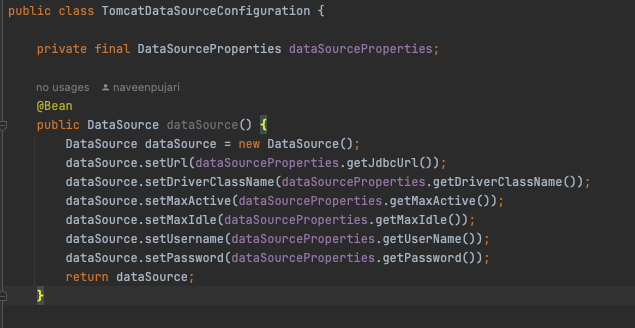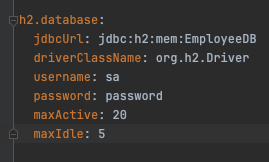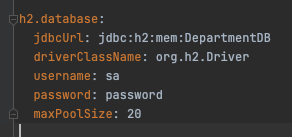Optimizing Database Connectivity: A Comparative Analysis of Tomcat JDBC vs. HikariCP
Both Tomcat JDBC and HikariCP are connection pools for microservices. However, HikariCP offers more features and better performance.
Join the DZone community and get the full member experience.
Join For FreeIn the realm of web development and microservices, efficient data management is paramount for ensuring optimal performance and scalability. However, establishing connections with a database for every request can be a bottleneck. This is where connection pooling comes in, offering a pool of pre-established connections to improve performance and resource efficiency. Tomcat JDBC and HikariCP are two popular options for connection pooling in SpringBoot Microservice applications. Let's deep dive into their configurations and understand which one might be the better fit for your project.
Tomcat JDBC Connection Pool
Tomcat JDBC Connection Pool (Tomcat J DBCP) is a built-in component of the Tomcat application server. It's a mature and widely used solution, offering a basic set of connection pooling functionalities.
Configuration
Tomcat JDBCP configuration is done through a DataSource file programmatically using the org.apache.tomcat.jdbc.pool.DataSource class.
Here's a basic example from a DataSource file:

application.yml

This configuration defines a connection pool with the following parameters:
driverClassName: Specifies the JDBC driver class for the database.url: Defines the JDBC URL for connecting to the database.username: Username for database access.password: Password for database access.maxActive: Maximum number of active connections allowed in the pool.maxIdle: Maximum number of idle connections maintained in the pool.
Pros
- Easy to set up if you're already using Tomcat or SpringBoot Embedded Tomcat server.
- Provides basic functionalities for connection pooling.
Cons
- Limited configuration options compared to HikariCP.
- Might not be suitable for high-performance applications due to its simpler design.
- Not lightweight
HikariCP: A Lightweight Connection Pool
HikariCP is a high-performance, third-party connection pool library gaining significant traction in the Java community and SpringBoot Microservice community. It offers a more configurable and feature-rich alternative to Tomcat JDBCP.
Configuration
HikariCP configuration can be done through various methods, including property files, environment variables, or programmatically.
Here's an example using a programmatically:

application.yml

This configuration defines similar parameters as Tomcat JDBCP but with additional features:
maxPoolSize: Defines the maximum number of connections to be retrieved from the pool.connectionTimeout: This property controls the maximum number of milliseconds that a client (that's you) will wait for a connection from the pool. If this time is exceeded without a connection becoming available, a SQLException will be thrown. The lowest acceptable connection timeout is 250 ms. Default: 30000 (30 seconds)
Pros
- Lightweight and highly performant, ideal for microservices and distributed demanding applications.
- Offers a wider range of configuration options for fine-tuning connection behavior.
- Provides advanced features like leak detection and connection validation.
Cons
- Requires additional library dependency compared to Tomcat J DBCP.
- Might have a slightly steeper learning curve for configuration.
Choosing the Right Connection Pool: A Balancing Act for Microservices
So, which connection pool should you choose? Here's a breakdown to help you decide:
- For simple applications with basic connection pooling needs and already using Tomcat, Tomcat JDBCP might suffice.
- For performance-critical applications or those requiring advanced connection management features, HikariCP offers a clear advantage.
Additional Considerations
- Integration with frameworks: Popular frameworks like Spring Boot offer built-in support for HikariCP, simplifying configuration.
- Monitoring and tuning: Both connection pools offer mechanisms for monitoring pool usage and fine-tuning parameters for optimal performance.
By understanding the strengths and limitations of Tomcat JDBC and HikariCP, you can make an informed decision that best suits your application's requirements. Remember, configuration is just one aspect. Regularly monitoring connection pool behavior and adjusting parameters as needed ensures efficient database interactions and a smooth user experience for your application.
Performance Comparison
When it comes to performance, HikariCP outshines Tomcat JDBC in various benchmarks and real-world scenarios. Its low-latency connection acquisition and release mechanisms contribute to faster request processing times, making it an ideal choice for high-throughput applications. Additionally, HikariCP's efficient resource management minimizes overhead, resulting in reduced memory consumption and improved overall scalability.
Opinions expressed by DZone contributors are their own.

Comments